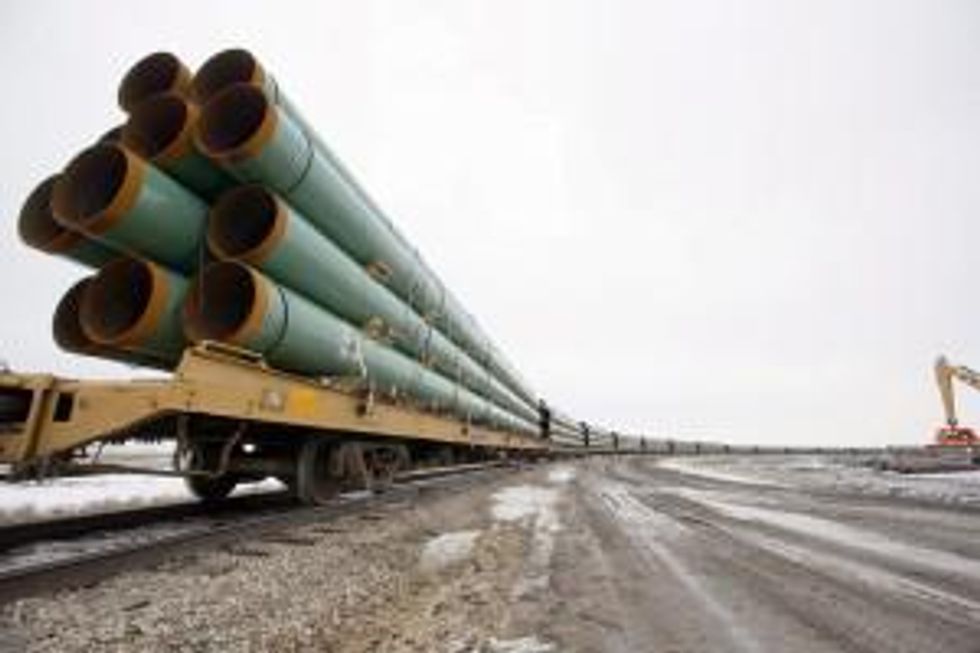Canada’s oil sands have vastly improved its economy and energy security.
According to the Alberta Energy website, the first recorded instance of oil sands mining was in 1745, or as early as 1715, according to some researchers. Before its official discovery, oil sands were also used by local Aboriginals to waterproof their canoes, according to Syncrude, one of the largest producers of crude oil in Canada’s oil sands.
Alberta’s Athabasca oil sands
Although oil sands can be found in multiple locations worldwide such as Venezuela and the United States, the deposit in Alberta, Canada, is the largest and most developed. There is a notable supply throughout the rest of Canada as well, but Alberta houses the majority of the petrochemical in its Athabasca deposit.
Analysts estimate the province’s oil sands hold approximately 170 billion barrels of recoverable oil. However, with more advanced technology and under better economic conditions, it could be possible to extract as much as 315 billion barrels of oil from the deposit. Currently, about 80 percent of Alberta’s oil sands can be obtained through in-situ techniques, and the other 20 percent are recoverable by open-pit mining.
While they were allegedly discovered much earlier, the Athabasca oil sands weren’t fully investigated by experts until 1875. In 1967, the first large-scale oil sands operation opened. It was run by Great Canadian Oil Sands, which is now part of Suncor Energy (TSX:SU, NYSE:SU). Suncor is one of a number of global energy company that commercially develops Canada’s oil sands. Its goal for production is to reach one million barrels of oil equivalent per day, according to its website.
Current developments
The latest and most widely-discussed project involving Canada’s oil sands is the proposed Keystone XL Pipeline. The project is an extension to an existing pipeline that runs from Alberta to Nebraska. Keystone XL’s main rationale is to transport crude oil from Canada and provide both countries greater access to refineries in the Midwestern United States and the Gulf Coast – thus increasing oil production and relieving a glut in North America that has kept crude oil prices down.
It is estimated the pipeline will have the capacity to transport 830,000 barrels of oil per day, according to TransCanada Corp (TSX:TRP, NYSE:TRP), the developer of the project.
Keystone XL is currently still in negotiations because lawmakers want to ensure it is built with minimal damage to the environment. Experts have determined its recently revised route will have few impacts, and the pipeline could be in service by 2015.
Another new development in the industry involves Enbridge (TSX:ENB, NYSE:ENB), Canada’s largest pipeline company. Its Northern Gateway proposal aims to build a pipeline across Northern Alberta and British Columbia, terminating in Kitimat on the BC coast. The 1,177-kilometer pipeline would carry an average 525,000 barrels of crude oil a day from Alberta to BC, and return 193,000 barrels per day of condensate, through separate pipes.
However the project is by no means guaranteed, with local environmental and First Nations groups expressing opposition to the plan. Enbridge has been holding open houses to allow public consultation, and a federal review panel is expected to decide on the project by the end of the year. The BC government recently rejected the project as it stands, saying that Enbridge has not satisfied the five conditions it stipulated must be met before pipeline projects are allowed to proceed.






